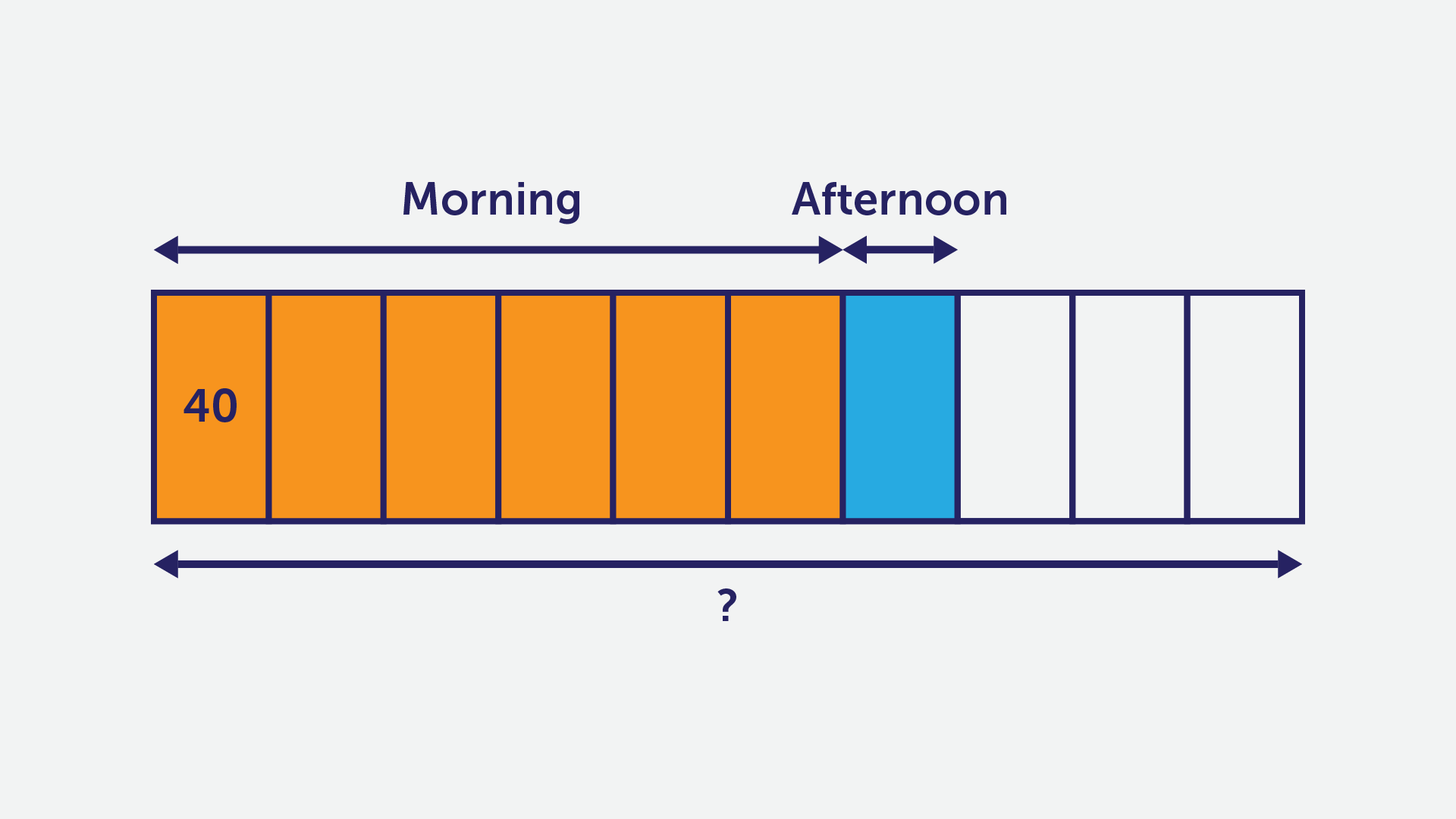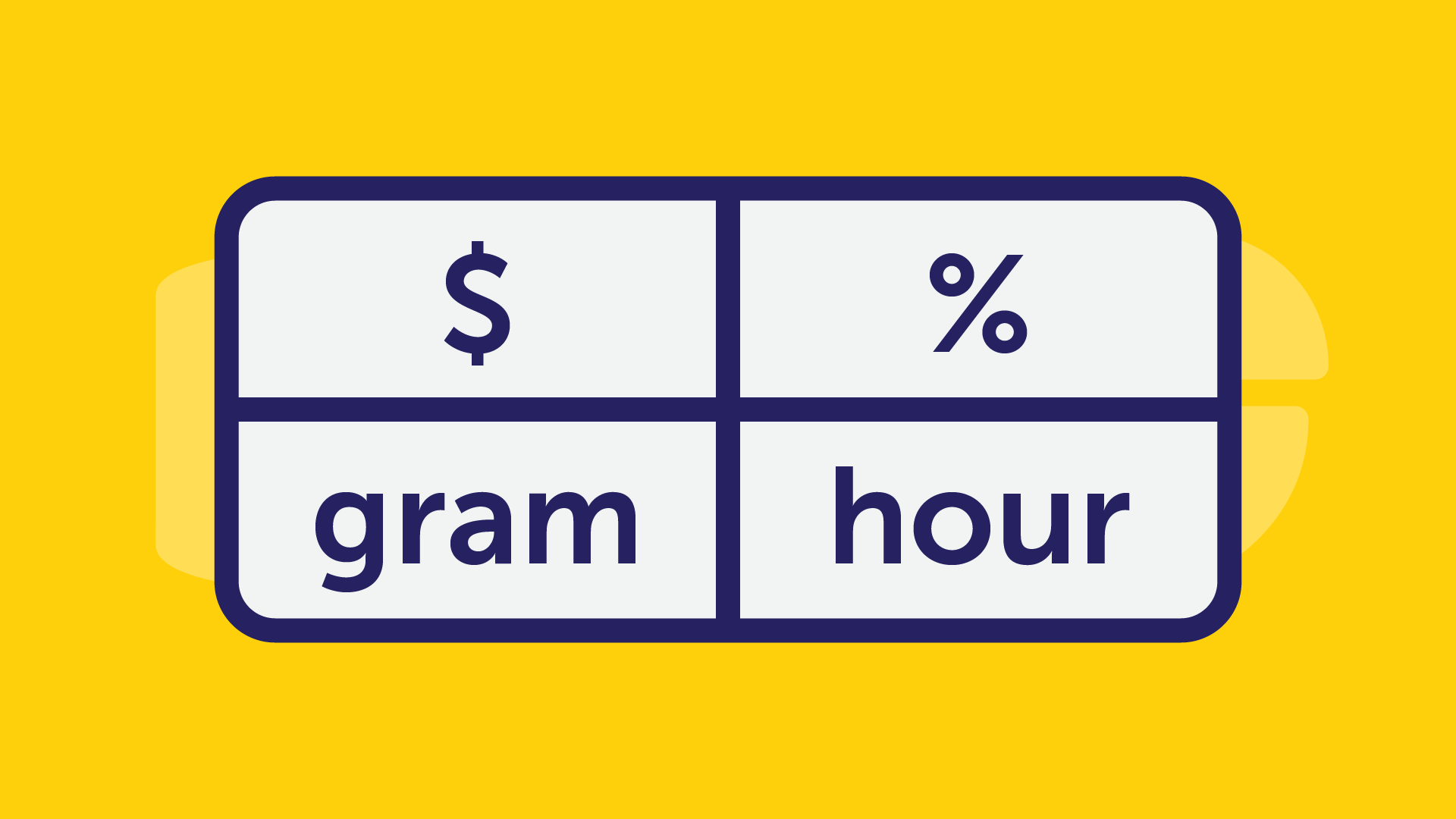Ask Our Teachers: Tips to acing your PSLE Maths paper

Mathematics - a subject that can be fun and vexing at the same time. Ample revision and practice are undoubtedly essential for good grades, but what are the things students should take note of whilst taking their exams? We reached out to Teacher Jennifer for tips your child should take note of during their upcoming PSLE Maths papers, to ensure no marks are left behind in vain!
1. Be mindful of your time

To ensure the exam paper can be finished on time (or earlier), encourage your child to try managing their time in daily practices at home by timing themselves. Follow this general rule - allocate 1 minute’s work to each mark. Some questions may even take less than a minute as they are more straightforward.
Allocating the right amount of time to each question helps students get used to the time constraints and tackle questions with confidence! It also leaves them more time to think about word problems.
2. It’s okay to skip

Stuck on a particularly tricky question? It’s okay to skip and revisit them later when you’re done with the rest of the paper. This does not necessarily mean that the questions at the back are always more difficult. Remember to circle questions that were skipped so that you can easily spot and reattempt them later.
3. Draw diagrams whenever possible

Even if a diagram is not required in the question, draw it! Drawing diagrams such as models will help one visualise the information in a question better and guide them to solve the question. Writing down all relevant information in a diagram is easier than cramming it all in your mind and getting them jumbled. They help you map out and plan your steps toward solving a question.
4. Watch out for keywords

Keep a lookout for keywords that will help you identify concepts to be used in solving a particular question. Circle or underline them to emphasise their importance!
5. Be careful with rounding and units

We know how disappointing it is to lose precious marks due to missing or incorrect rounding and units.
Rounding: Not giving your answers in the required form is one of the most common errors teachers have seen, and it aches them to award you lesser marks for that. Questions will usually specify the exact number of places or decimal places you will need to round your answers to. Always make it a point to reread the question to make sure your answers match with what’s required. Otherwise, you can also circle or underline the place you should be rounding your answer to upon the first read so that you may refer back to it easily.
Units: Remember to put the units at the end of your answers. Units for time, length, mass, speed, money, or anything else, will all have to be shown in your final answers. If this is a trap you regularly fall into, make it a point to write the units in your calculations so you don’t forget how important they are! The extra time you spent writing a dollar design on every line is definitely worth the mark! Reread your questions and check your answers at the end to ensure you have written your units.
6. Check your work thoroughly!

Check that you have written the numbers in your number sentences and workings correctly. Double and triple check your work to avoid making careless mistakes. Looking through each step again helps weed out errors and helps avoid losing precious marks.
Now that your child is all prepared with their practice and tips from Teacher Jennifer to stay diligent during their exams, we wish you all the best and hope they score with flying colours and beyond!
 SG
SG  VN
VN 














